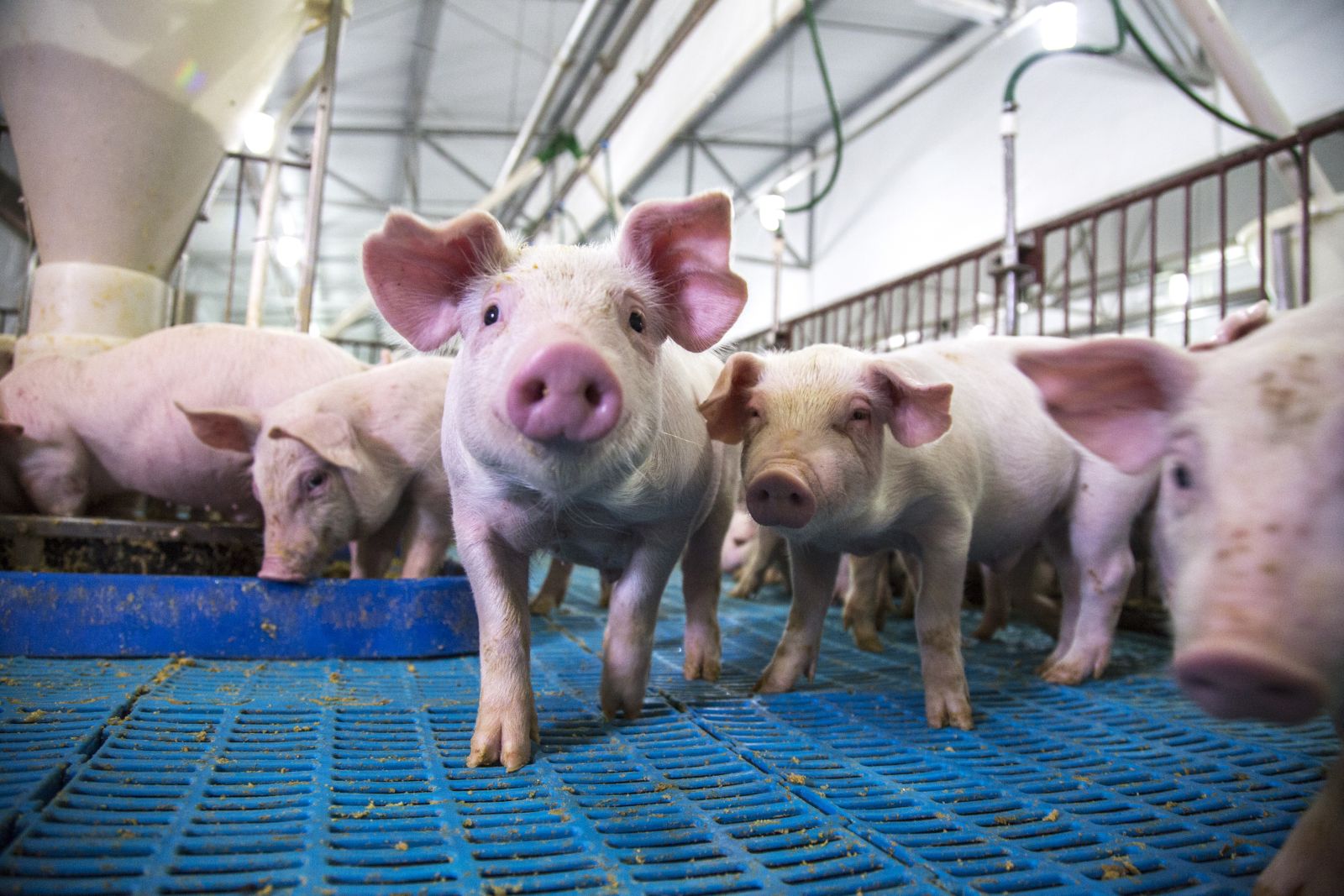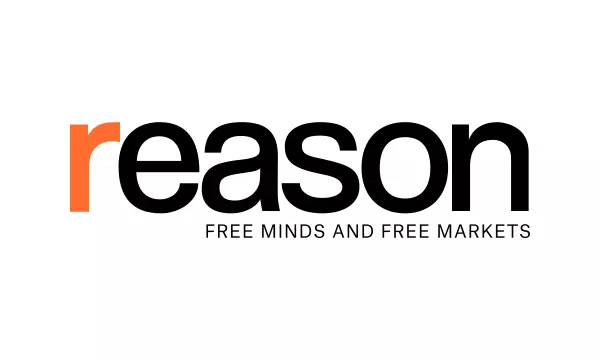
Last week, April live cattle futures (LEJ25) fell to a nine-week low of $193.025 a hundredweight and prices have been trending lower after scoring a contract high of $207.725 on Jan. 28. In late January, nearby live cattle futures (LEG25) scored a record high of $209.35. Feeder cattle futures (GFJ25) have also backed down from a record high of $282.25, basis nearby futures (GFH25), set in late January. Meanwhile, April lean hog futures (HEJ25) hit a contract high of $94.75 a hundredweight in mid-February but then promptly spent most of last week under strong selling pressure.
While the cattle and hog futures markets bulls have suffered some blows over the past few weeks, the overall cash market (LEY00) (GFY00) (HEY00) fundamentals are still sound. This suggests the markets will soon find a price floor and stabilize, if not begin to rally again.


Latest USDA Monthly Cattle-on-Feed Report Deemed Neutral, But Still Overall Price-Friendly
On Feb. 21 the U.S. Department of Agriculture reported U.S. cattle on feed at down 1%. Cattle and calves on feed for the slaughter market in U.S. feedlots with capacity of 1,000 or more head totaled 11.7 million head as of Feb. 1. The cattle inventory was 1% below Feb. 1, 2024. Placements in feedlots during January totaled 1.82 million head, 2% above the same time last year. Placements were 1.76 million head. Marketings of fed cattle during January totaled 1.87 million head, 1% above the same time in 2024. All three categories were close to pre-report estimates but still lean slightly bullish for the cattle futures markets in the weeks ahead.
For the cash cattle and futures markets to renew sustained price strength, boxed beef ($CBBI) values will have to reverse their recent downturn. Such does seem likely. Last Friday afternoon’s boxed beef report showed Choice-grade cutout value down $1.86 at $310.77, while Select-grade fell $0.62 to $302.56. Movement of product on the day was good at 174 loads, suggesting the recently weaker wholesale beef prices are attracting good grocer and consumer demand, despite what is a seasonally weaker period for consumer beef demand. With beef packer margins well into the red at present, the packers have slowed down their daily slaughter levels.
The next few weeks may see more short-term weakness in cash cattle, boxed beef and cattle futures prices as many consumers will likely be purchasing Easter hams.
However, as the calendar turns to April and temperatures warm up, consumer beef demand will likely increase due to outdoor grilling.
The macroeconomic picture will also likely play a role in cattle prices and beef demand in the coming months. Disruptive domestic and trade policies from President Donald Trump have not yet had a major negative impact on the U.S. economy or the stock market. The coming few months will likely reveal the impacts of new policies on overall economic health. That in turn will help determine consumer demand strength for beef at the grocery store.
Hogs Futures Prices Have Shown Resilience Despite Selling Pressure
After setting a new contract high in mid-February, April lean hog futures slumped last week and proceeded to lose around $5.00. However, since early November 2024, the hog futures market bulls have fought back gingerly after bouts of strong selling interest.
If that recent trend continues, hog futures at present appear to be a value-buying opportunity.

Fresh Pork Market Rebounds
Last Friday afternoon’s USDA fresh pork report showed across-the-board gains in all cuts, taking the cutout value up $3.04 to $97.07. Fresh pork movement Friday was strong at 357.18 loads, suggesting recent price weakness has sparked better consumer and grocer demand. Also, seasonal factors suggest declining daily hog slaughter levels in the coming weeks, which is bullish on the supply side of the equation for the hog market. Furthermore, retailers have been featuring more pork at their meat counters, given the higher-priced beef cuts. That may continue in the coming weeks, or longer. And then the spring outdoor grilling season begins, which will likely boost consumer demand for red meat, including pork.
Hog Traders Unnerved by U.S. Tariff Threats
Worries about U.S. pork exports getting badly hurt by tariffs slapped on major U.S. trading partners, including pork importers China and Mexico, have put the lean hog futures bulls on the ropes.
Canada and Mexico are holding trade negotiations with the U.S. to prevent the implementation of a 25% tariff on their exports into the U.S., set to go into effect March 4. Both countries have pledged to increase their border security to convince the Trump administration their actions on preventing drug smuggling and illegal immigration are sincere. Don’t be surprised if the Trump tariff threats are more bark than bite.
Early on, it appears the Trump administration would rather negotiate with its trading partners after making its tariff threats.
Is China Pork Demand Peaking?
A potential negative for the hog futures market over the longer term is a new report that says there is no more room for Chinese demand for pork to grow. That’s according to Zhu Zengyong, a researcher with the state-backed Chinese Academy of Agricultural Sciences. China is a major U.S. pork importer.
The researcher said current pork demand in China is stable and unlikely to rise. Given the current price of pork, it is not recommended that companies expand breeding sow capacity this year and they should instead focus on improving the efficiency of breeding sows, he said. China’s imports of pork meat and offal declined 15.7% last year, for a fourth consecutive annual decline. Zou forecasts that imports will further decline in 2025.







